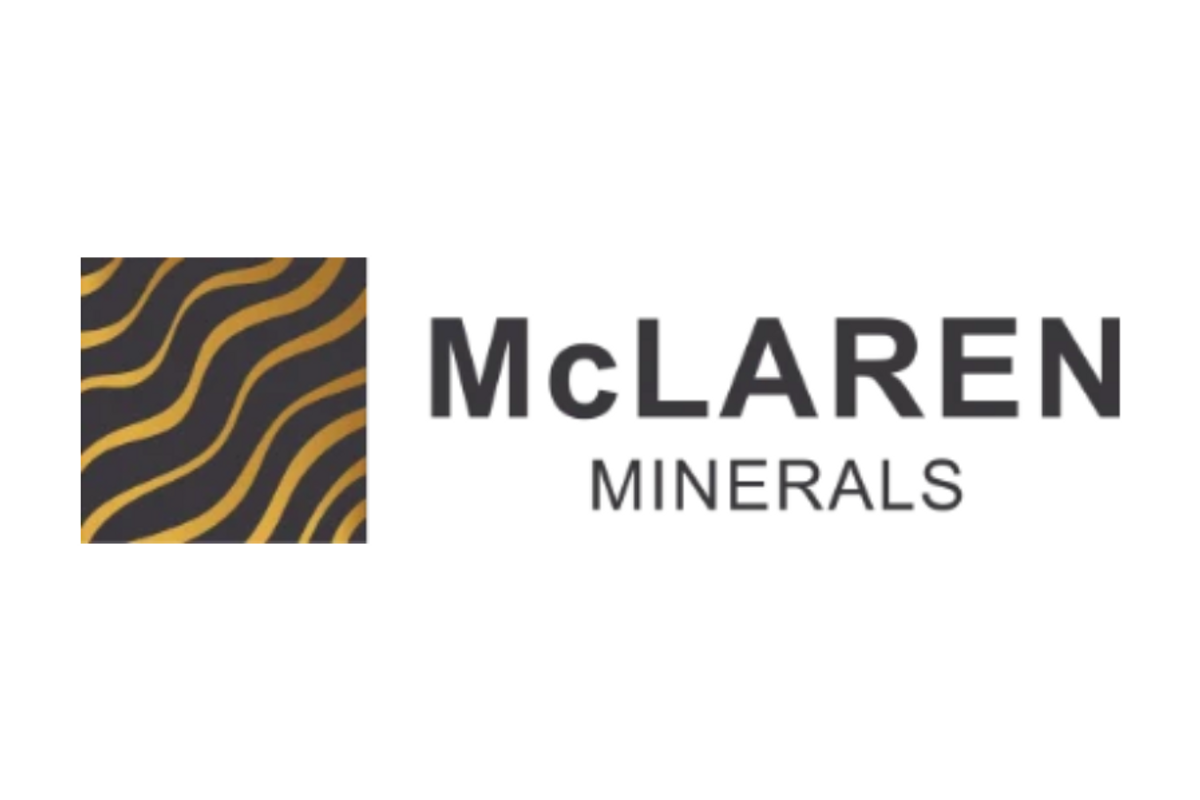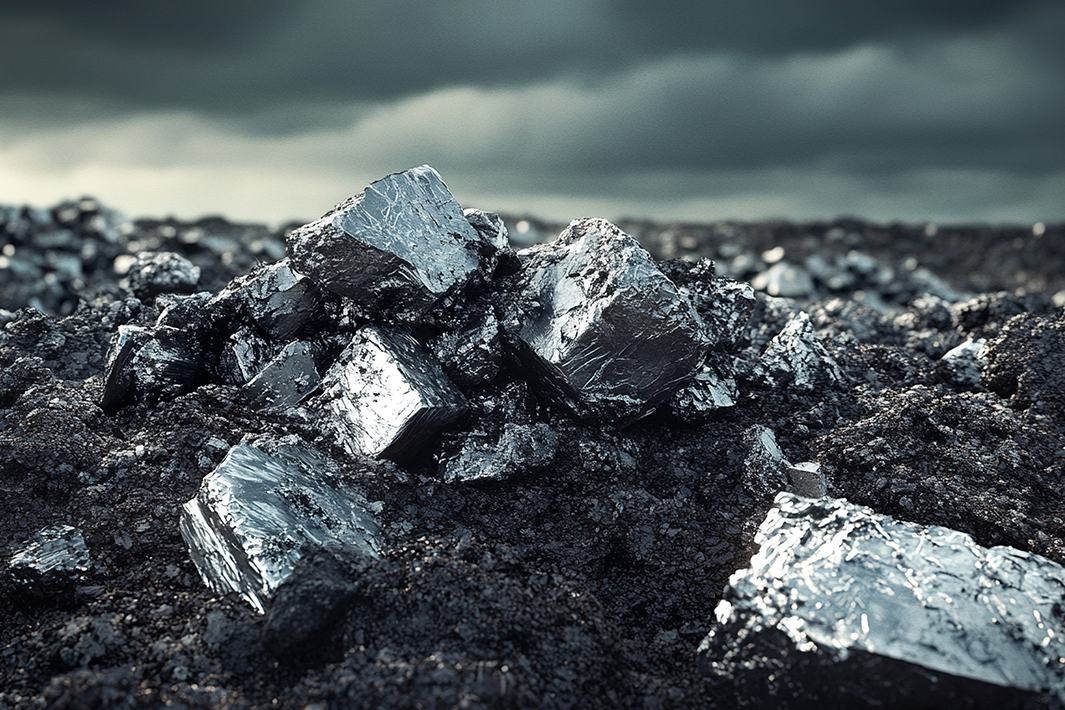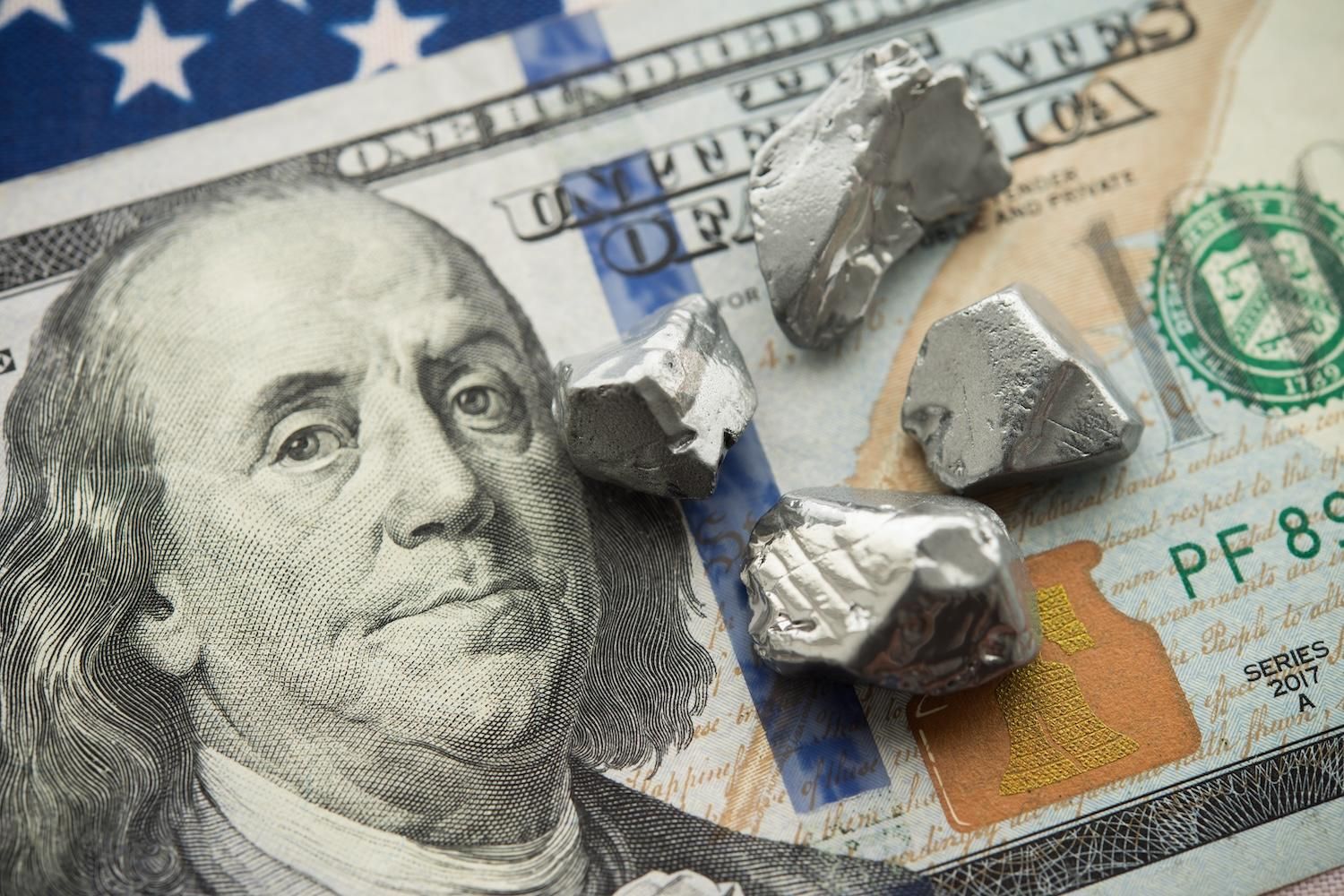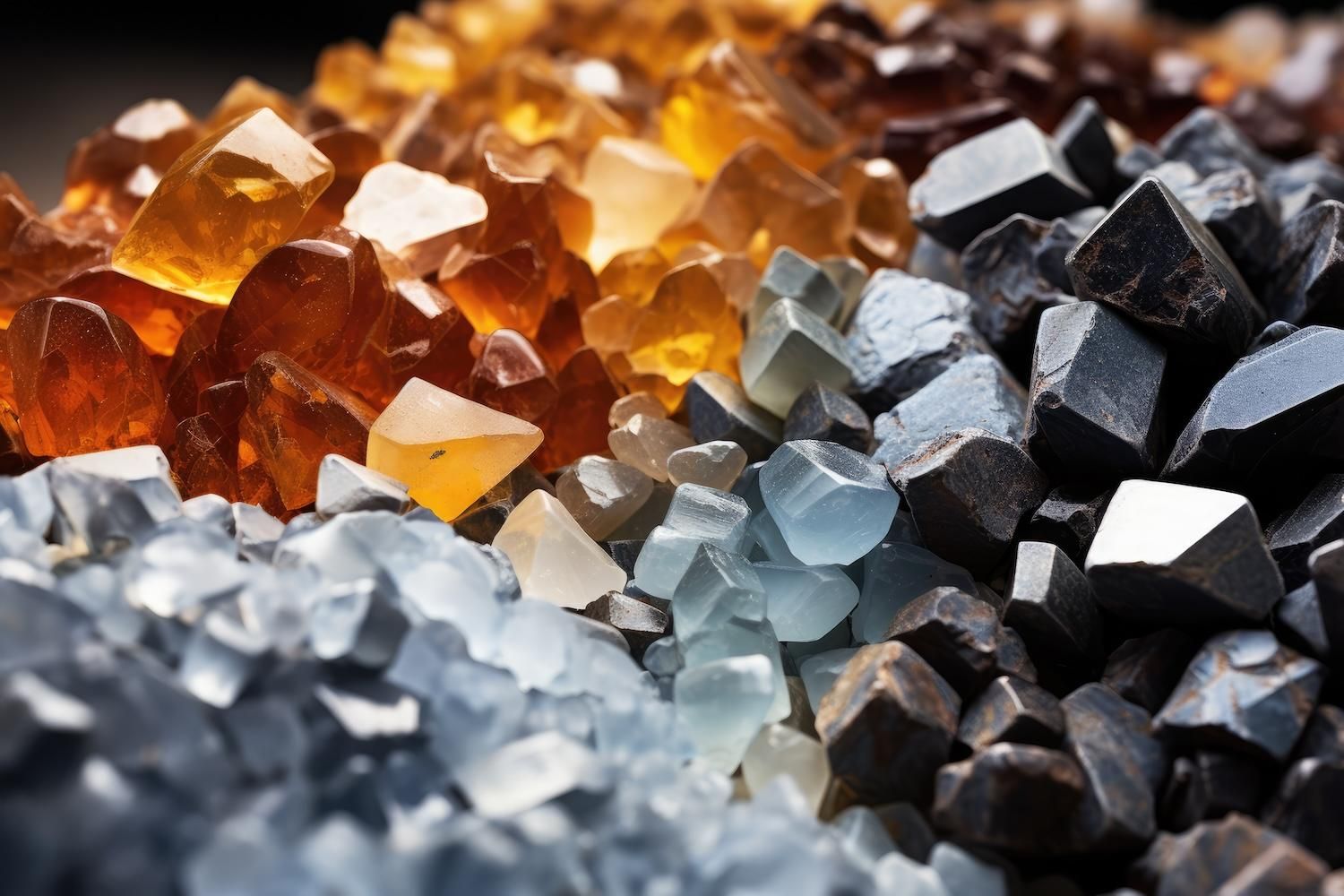
March 24, 2025
McLaren Minerals Limited (ASX: MML) ("McLaren" or "Company"), is pleased to provide an update on the drilling program at its wholly owned McLaren Titanium Project.
Highlights
- Drilling has consistently intersected visible heavy minerals
- Additional 10m of mineral hosting sediments identified in northern area
- Metallurgical sample collected and dispatched for test work
- Pressurised saline water encountered in several holes on northern drilling lines
- Gypsum occurrence confirmed in north-western corner of EL69/2388
- First parcel of analytical samples has been dispatched to Perth for analysis
McLaren Minerals are currently exploring the McLaren Deposit located approximately 40km west of Balladonia in Western Australia by means of Air Core drilling and surface geological investigations. The 2025 exploration program is progressing well and is approximately 40% complete.
The drilling program, targeting infill drilling to a previously interpreted mineral sands strandline, should be complete by mid-April. Onsite geologists have confirmed visual mineralisation within targeted sediments and are encouraged by the consistent nature of mineralising orientation. It should be noted that visual estimates recorded during drilling activities and laboratory results do not always align.
Heavy Mineral Consistently Intersected
Drilling consistently intersected sediments hosting Heavy Minerals (HM) and it is interpreted to occupy paleo marine sediments below modern cover and are predictably identified within the elevated topographic feature. The mineral hosting sediments are observed to gently rise in an easterly orientation and overlay crystalline basement displaying a consistent heavy mineral assemblage dominated by Ilmenite and observed to contain a relatively low level of trash minerals. It is noted that a vertical extension to the historical drilling has been identified in the northern area, with current drill holes intersecting an additional 10m of mineral hosting sediments to those previously interpreted. Heavy Mineral present in the metallurgical sample grid is consistent along strike within the mineralizing beds and displays predictable mineral composition. Figure 1 below displays visual confirmation of HM observed during metallurgical test holes within the current 2025 infill drilling activities.

Metallurgical Sample
The samples of mineralised sediments required for metallurgical test work at IHC Mining laboratory in Queensland have been collected and dispatched. The samples were taken from 69 drillholes with those holes broadly representative of the first 5 years of planned operations (Please see Figure 2 below).
The sample equated to approximately 6 tonnes of material and will be used to validate the flowsheet designed by IHC and to complete follow up tests to allow development of a slimes management strategy for McLaren. As per previous test work (ref APS ASX Announcement 24 Sept 2024) slimes settling was achieved using addition of 3% gypsum, resulting in significant improvement in flocculant dosing rates, down to 150-200g/t.
The test work produced final products of:
- Ilmenite of a suitable grade to be classified as sulphate ilmenite
- Rutile of a typical quality with 95.7% TiO2, 1.49% Fe2O3,
- Zircon of a typical standard zircon quality, noting levels of U + Th at 265ppm were considered very low.
Water Encountered
In very positive news, pressurised water has been encountered in 3 holes being drilled in the north-western part of the known deposit area. In these holes saline water flowed freely from the hole while the rods were downhole, and in the second hole the water flow continued after rods were withdrawn and until the hole was plugged.
The groundwater occurs within a gravel terrace draping basement clays and occurs at shallow depth (approximately 20m). The crystalline basement below saprolite clays display an amount of alteration consistent to a shearing environment. The location is identifiable in regional geophysics data adjacent to a small-scale faulting feature striking approximately north south. It is likely that the gravel terrace was formed in a fluvial drainage feature, eroding and incising the softer sheared zones in the basement, later confined by overriding cover units. Further investigation will be required to determine whether the water is of sufficient volume and quality to support operations.
Click here for the full ASX Release
This article includes content from McLaren Minerals Limited, licensed for the purpose of publishing on Investing News Australia. This article does not constitute financial product advice. It is your responsibility to perform proper due diligence before acting upon any information provided here. Please refer to our full disclaimer here.
The Conversation (0)
10h
Policy Shift Sparks Renewed Interest in Rare Earths Stocks
Rare earths stocks have gained renewed investor attention following recent policies that sharpen the US government's focus on securing critical minerals supply chains. In early 2025, the Trump administration signaled stronger commitments to reduce American reliance on China for rare earth... Keep Reading...
15 December
ReeXploration Announces $1,000,000 Private Placement
Capital raise supports upcoming drill program targeting newly identified uranium system along Namibia's premier uranium corridorReeXploration Inc. (TSXV: REE) (FSE: K2I0) ("ReeXploration" or the "Company") is pleased to announce a private placement for aggregate gross process of up to $1,000,000... Keep Reading...
12 December
ReeXploration Announces Field Program Results Confirming Large-Scale Uranium Target at Eureka, Namibia
Ground radiometrics, soil geochemistry and mapping reinforce the potential for a Rossing-style system beneath shallow coverReeXploration Inc. (TSXV: REE) (FSE: K2I0) ("ReeXploration" or the "Company") is pleased to announce results from its uranium field program, which provide strong support for... Keep Reading...
09 December
Pensana Secures US$100 Million Investment for US Mine-to-Magnet Plan
Rare earths-focused Pensana (LSE:PRE,OTC Pink:PNSPF) reported on Tuesday (December 9) that it has concluded a US$100 million subscription with a strategic investor.According to the company, the deal underpins its broader mine-to-magnet strategy in the US.The unnamed investor subscribed for 95... Keep Reading...
07 December
U.S. Investors Lead Oversubscribed $17m Placement
Locksley Resources (LKY:AU) has announced U.S. Investors Lead Oversubscribed $17m PlacementDownload the PDF here. Keep Reading...
04 December
ABx Receives First Mixed Rare Earth Carbonate Sample from Deep Leads
ABx Group (ASX:ABX) said the Australian Nuclear Science and Technology Organisation (ANSTO) has produced the first mixed rare earth carbonate (MREC) sample from the Deep Leads resource in Northern Tasmania.A Tuesday (December 2) press release states that the ANSTO sample contains 4 percent... Keep Reading...
Latest News
Latest Press Releases
Related News
TOP STOCKS
American Battery4.030.24
Aion Therapeutic0.10-0.01
Cybin Corp2.140.00




